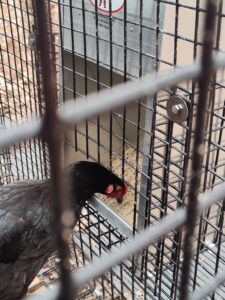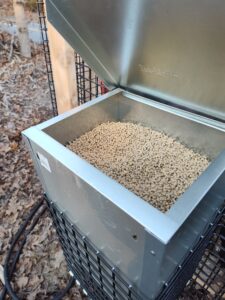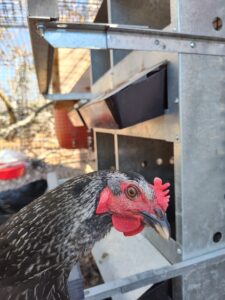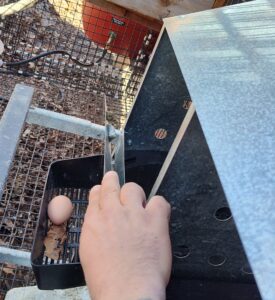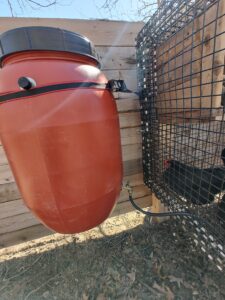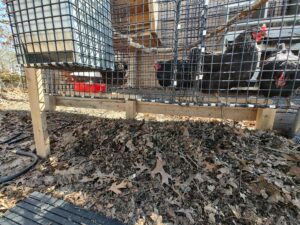Honey bees are important pollinators, but when they settle in or around your Massachusetts home, they can create problems. Though not usually aggressive, their hives in walls, attics, or gardens can lead to unwanted contact. Understanding why they’re attracted to your home and how to humanely deter them can help maintain a peaceful coexistence.
Factors Attracting Honey Bees to Massachusetts Homes
If honey bees are frequenting your home, it’s because of the following factors:
Shelter and Warmth
Honey bees seek sheltered, warm environments to build their hives, especially as the weather cools. The structure of homes, particularly attics, wall cavities, and eaves, offers the perfect protected space where bees can thrive. In Massachusetts, where winters can be harsh, bees are drawn to homes’ warmth.
Abundant Food Sources
Homes surrounded by gardens, flowering plants, fruit trees, or even vegetable patches can be highly attractive to honey bees. These insects are constantly foraging for nectar and pollen; a well-maintained garden can provide a consistent food source. Massachusetts’ diverse flora gives bees various appealing options to sustain their colonies.
Accessible Water Sources
Like all living creatures, bees need water to survive. If your home has accessible water sources such as bird baths, ponds, leaky faucets, or standing water, it could be drawing bees closer. The more convenient the water source, the more likely bees will stay nearby.
Attractive Scents
Honey bees are particularly sensitive to scents. The aroma of certain flowers, fruits, or even food and drinks can attract bees to your property. Strong scents from perfumes, candles, or air fresheners can lure bees into your home if windows or doors are left open.
How to Deter Honey Bees from Your Home
If you want to keep honey bees away from your property, consider these effective strategies:
- Inspect your home for cracks and gaps in walls, eaves, and foundations. Seal these with caulk or foam, focusing on windows, doors, and rooflines.
- Reduce food and water availability by cleaning fallen fruit, covering outdoor food, and removing standing water. Also, plant bee-repellent plants such as marigolds.
- Peppermint, citronella, and eucalyptus oils can repel bees. Mix these oils with water and spray around doorways, windowsills, and garden perimeters.
- Consider using commercial bee deterrents, including traps and ultrasonic devices. But, always use them responsibly, given the legal protections for bees in various locations.
- Install bee boxes or alternative habitats away from your home to give bees a safe place to nest without disturbing your living space.
- If you discover an established hive, it’s best to contact a professional beekeeper or pest control service for safe removal. To avoid harm, do not handle the hive yourself.
Balancing Preservation and Coexistence
With honey bee populations falling from habitat loss, pesticides, and disease, their role in pollination makes conservation necessary. Instead of exterminating them, consider humane deterrence and professional relocation to protect these important pollinators while keeping your home bee-free.
Concerned about honeybees near your home? Our team at Ultra Safe Pest Management offers expert, humane removal solutions that keep your property and the environment in mind. Contact us today to learn more!

